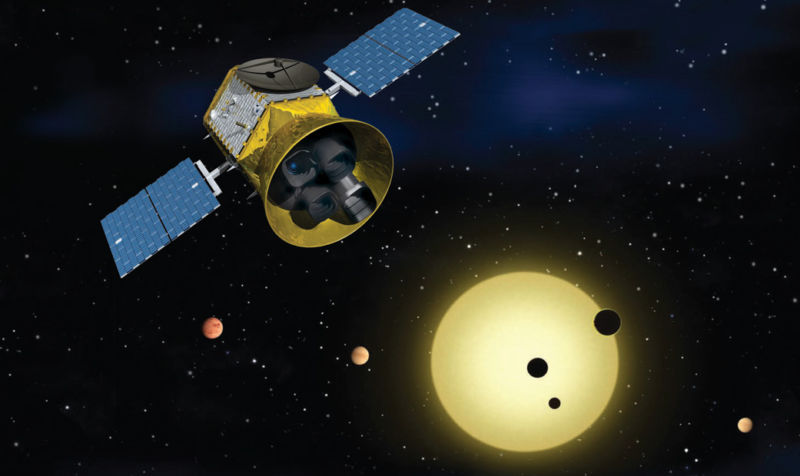For centuries, scientists only had a limited number of examples to look at when it came to understanding the formation of planets. As we've discovered ever-increasing numbers of worlds, however, we've found many that look like nothing that we have in our Solar System: hot gas giants, super-Earths, mini-Neptunes, and more. So, it can be a relief to find something that looks like a familiar planet, since it indicates the processes that formed the Solar System may not be unusual.
A new discovery definitely falls into that category, as researchers have announced finding what appears to be an extremely iron-rich planet that, at least composition-wise, is very similar to Mercury. The difference is that it's nearly on top of its star and is probably hot enough that any iron on the surface could potentially be molten.
A very short year
The new planet was found orbiting a red dwarf star named GJ 367 that's about 30 light years from Earth. Red dwarfs are small, dim stars, which makes identifying planets around them easier. A planet that orbits between a red dwarf and Earth will block out proportionally more of the star's light. And, because the star is low mass, a planet's gravity will cause it to shift further when it orbits, creating larger Doppler shifts in the light originating from the star.
The new planet, GJ 367b, turned up in data from NASA's Transiting Exoplanets Survey Satellite (TESS) mission. TESS watches for drops in starlight caused by an orbiting planet, and it does so at an impressive clip—the data used here included a new image every two minutes for a total of two weeks. That's more than enough to pick out the signal caused by GJ 367b, which completes a trip around its star in only a third of a day.
Detection by this method makes GJ 367b an exoplanet candidate; to confirm its existence, the research team turned to an Earth-based telescope, which watched for the Doppler shifts in the star's light caused by the planet's orbit. This confirmed the planet's existence, as the third-of-a-day signal was present (as was a roughly 45-day signal caused by the star's rotation.)
The planet itself is small, with a radius that's only three-quarters that of Earth's. But it's relatively hefty, with a mass that's over half that of Earth's. That leads to a density that's a bit over eight grams per cubic centimeter—which is actually heavier than that of iron.
Hellish conditions
GJ 367b is close enough to be tidally locked with its host star, meaning it rotates once per orbit, keeping a single side facing the star the entire time. And it is very close to that star. This leads to an estimated surface temperature of 1,745 Kelvin—very close to the melting point of iron. Of course, the outer crust is likely to be rocky. Or would be rocky if it weren't for the fact that many silicon-rich rocks melt at similar temperatures as well.
Obviously, anything that resembles an atmosphere as we're familiar with it would have been heated off long ago. But there's a chance that some of the molten rock and metals would vaporize and create a bit of a local atmosphere on the star-facing side. Obviously, the far side of the planet would be cooler, and anything in vapor form will likely end up back on the planet very quickly.
The research team fed the stats to an AI trained on other planets, and the AI predicted that GJ 367b has a structure much like Mercury's: a large metallic core taking up much of the interior of the planet, extending over 85 percent of the way to the surface. The rest would be silicate rocks. Which is not unreasonable, other than the fact that the density of GJ 367b is 1.5 times that of Mercury's. So, there must be some significant differences, as well.
In any case, we have some idea of how Mercury got to be so iron-rich—it's a product of collisions that stripped off some rocky material. But we don't understand how anything Mercury-sized could have formed in such close proximity to a star. So, while there is some comforting familiarity here, there are definitely limits to it.
Science, 2021. DOI: 10.1126/science.aay3253 (About DOIs).



3175x175(CURRENT).thumb.jpg.b05acc060982b36f5891ba728e6d953c.jpg)

Recommended Comments
There are no comments to display.
Join the conversation
You can post now and register later. If you have an account, sign in now to post with your account.
Note: Your post will require moderator approval before it will be visible.